Changing of the guard at the Martyrs' Shrine.

Our first stop of the day was the Martyrs' Shrine, or formally known as the "National Revolutionary Martyrs' Shrine (國民革命忠烈祠)" on the outskirts of Taipei. This is like a war memorial for the solders who fought for the Republic of China (Taiwan's formal name) but in the form of a shrine/temple instead of a Western-style monument.
What is interesting is that "...although the Martyrs' Shrine is located in Taiwan, most of the soldiers [who fought for the Republic of China] were born on Mainland China...[and since]...Taiwan was ruled by Japan throughout World War II...about 200,000 Taiwanese who lived under Japanese rule served in the Japanese Imperial Army."
On the way to the Martyrs Shrine, the interesting looking anchor monument in front of the Republic of China Navy building.
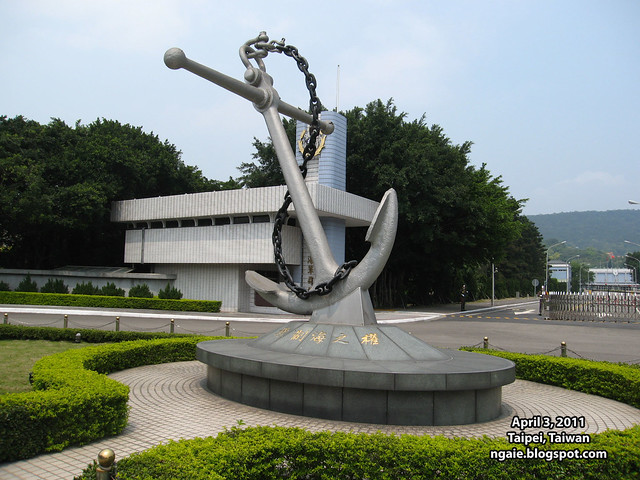
The surrounding area.
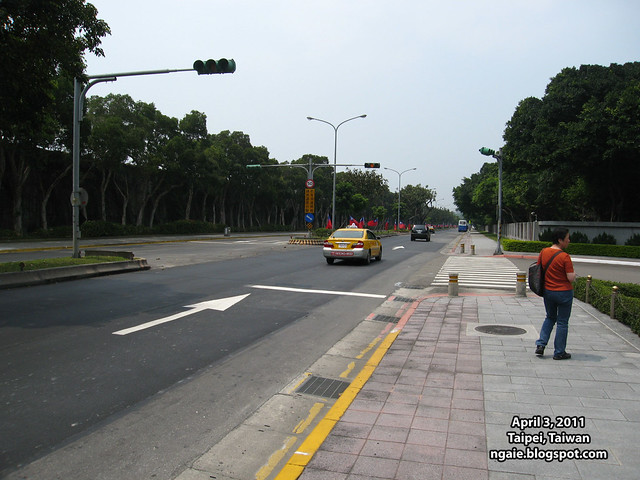
The massive traditional Chinese facade of the Grand Hotel in the background.
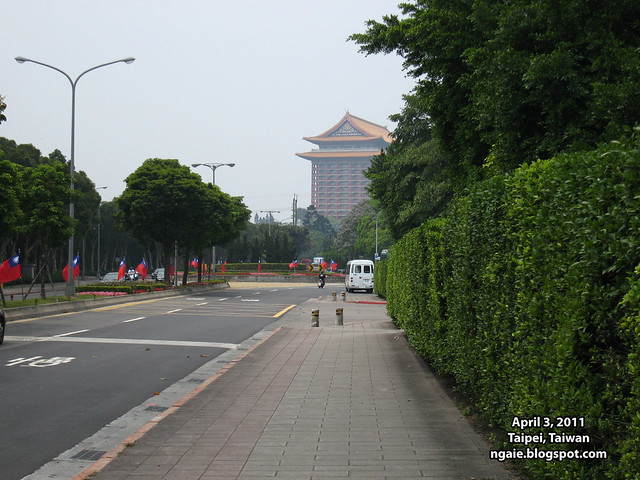
Rules and guidelines includes among others: "undershirts or slippers are not allowed", "no photographs or mapping except in the shrine area" and to "unbonnet and bow before entering the main shrine".

Although the shrine was built in 1969, it takes its inspiration from Beijing's Forbidden City.

The main gate.
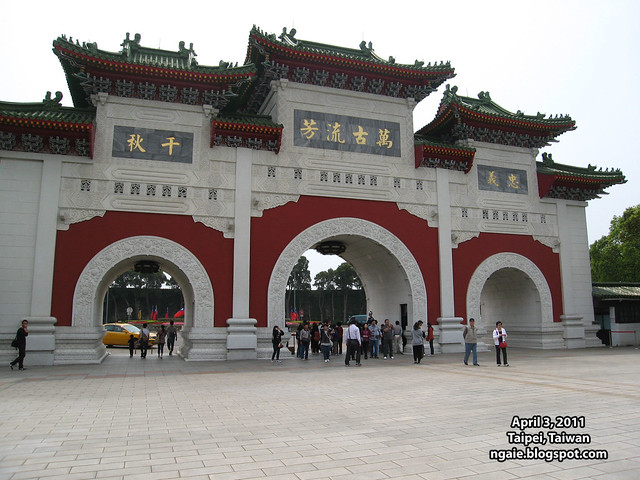
The monumental size of the complex.
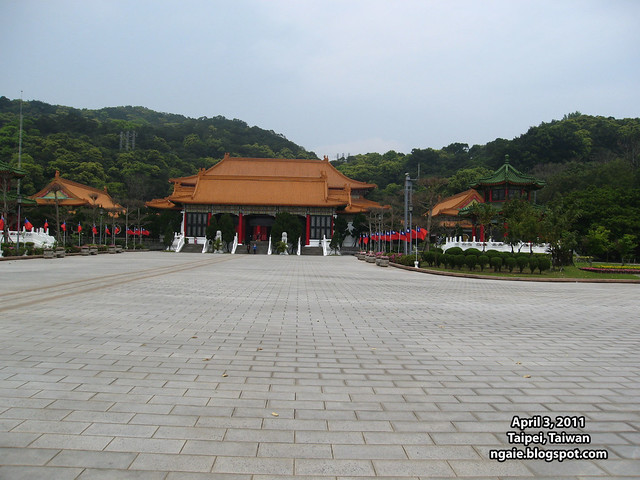
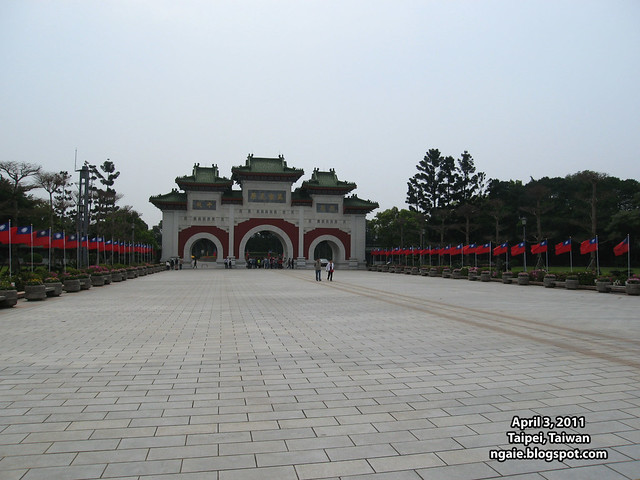
The entrance to the shrine.
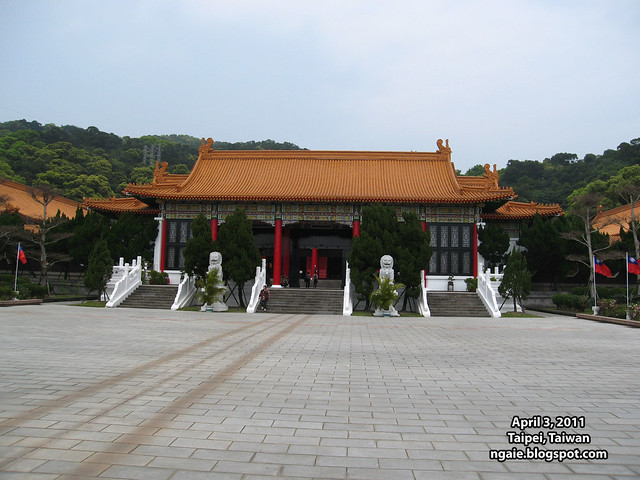
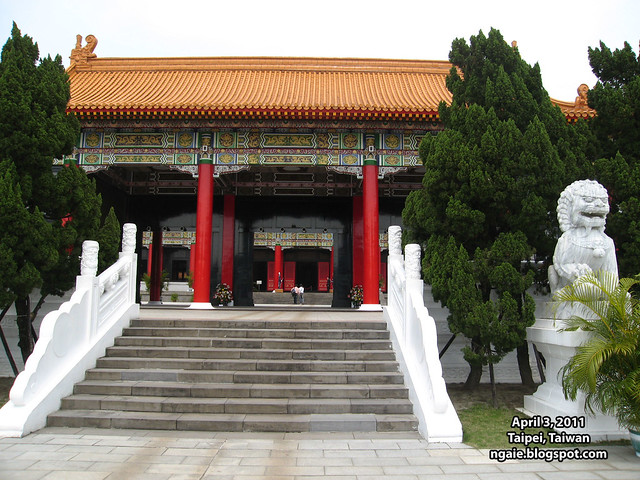
The carvings depicting the struggles for the establishment of the Republic of China.
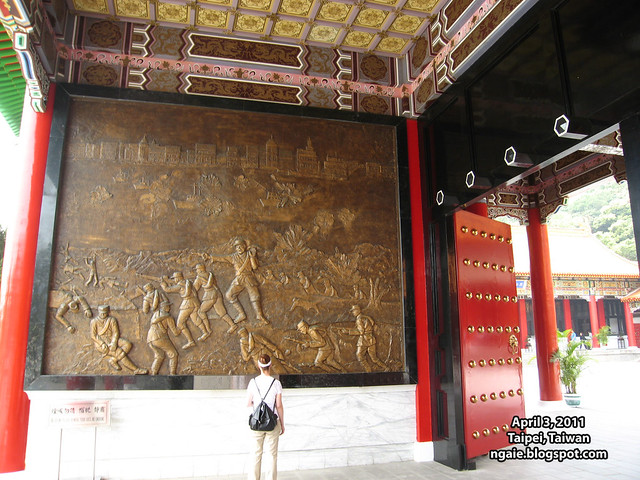
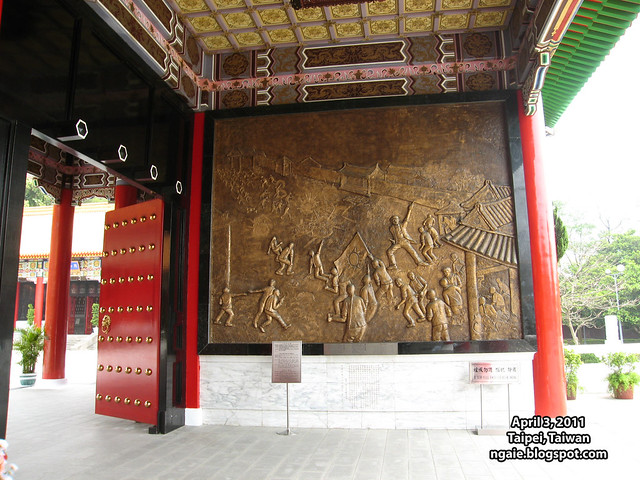
The palace-style doors.
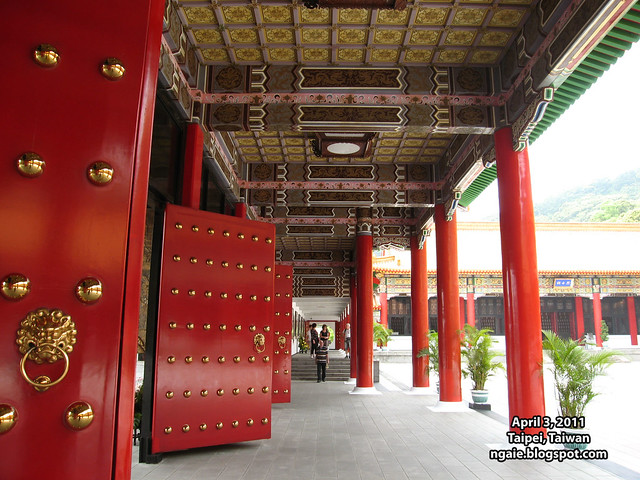
The main shrine.
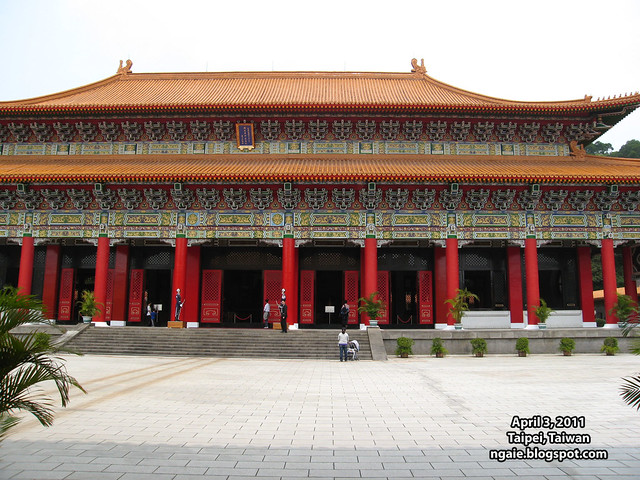
The intricate detail. Among all the public buildings in Taiwan, this is the one that is best maintained.
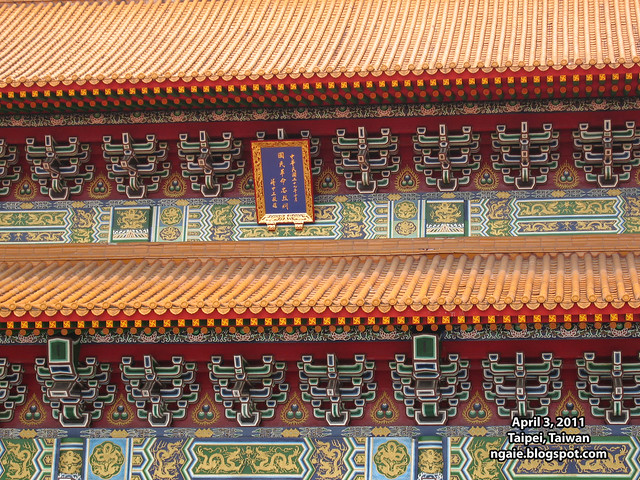

One of the auxiliary shrines.
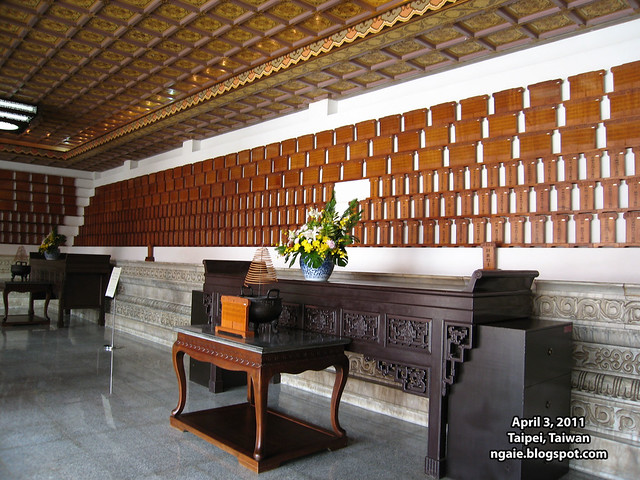
The walls around the complex tell the story of how the Republic of China was established. Quite interesting actually if you are into history...

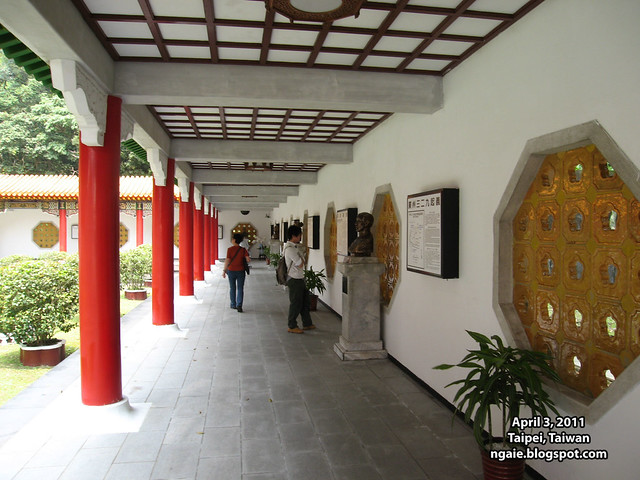
Some of the facades and detailing of the shrines.
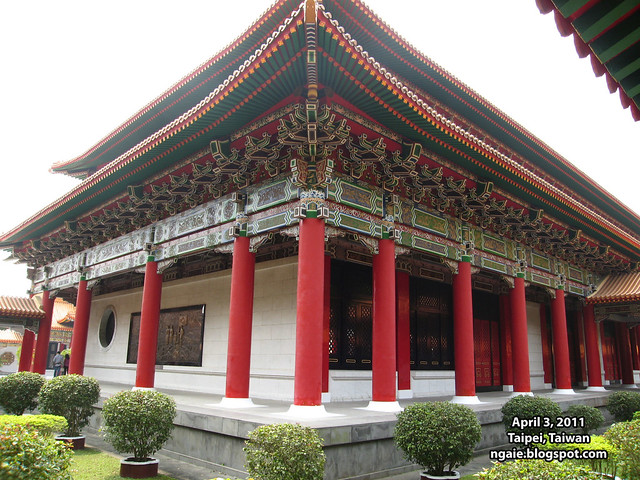
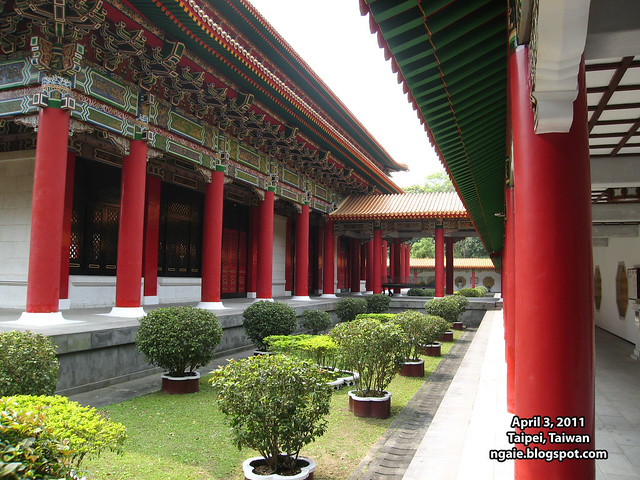
A scale model of the entire complex.
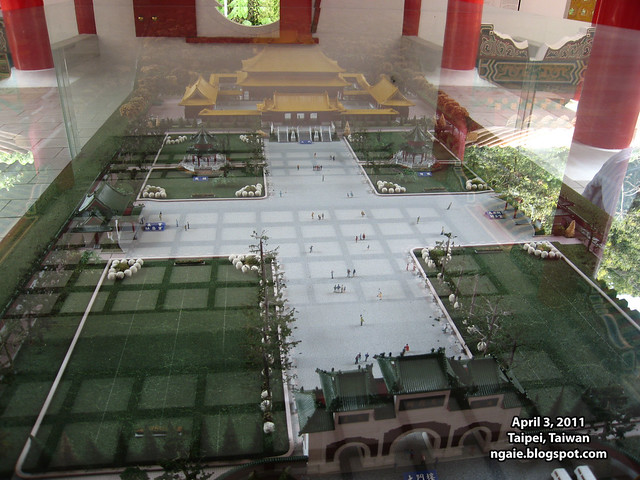
The elaborate main shrine. What is more amazing was that this was built in the "modern era" of 1969.
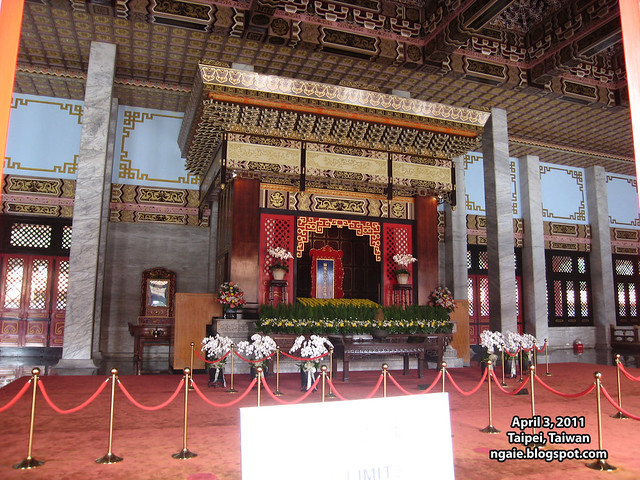
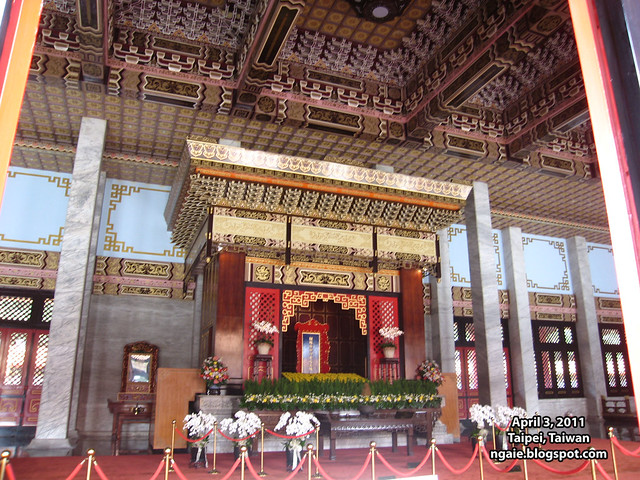

Changing of the honour guard.
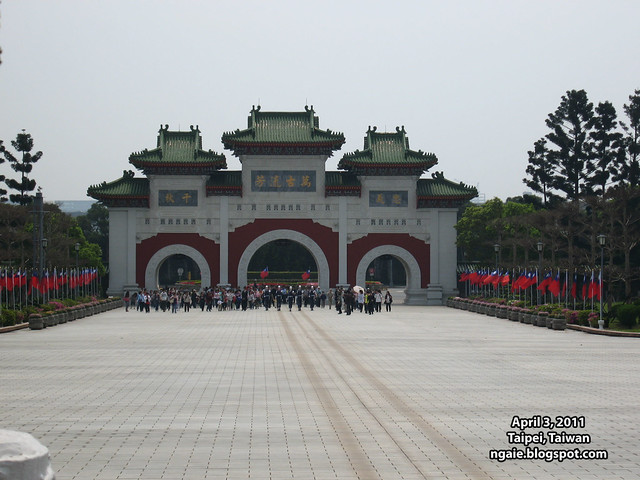
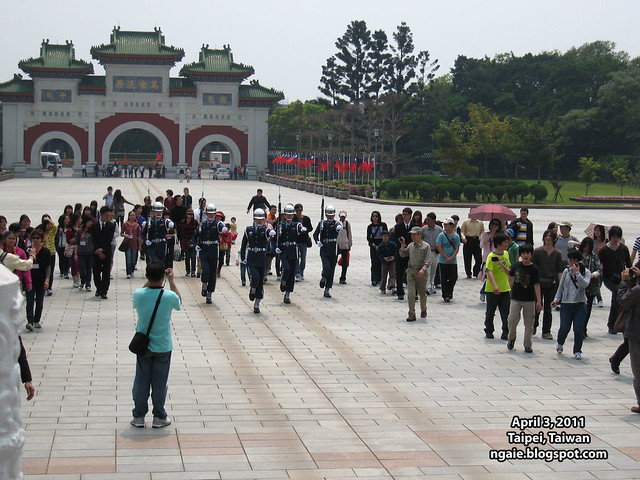
Its interesting how the crowd can just follow the honour guard from behind.
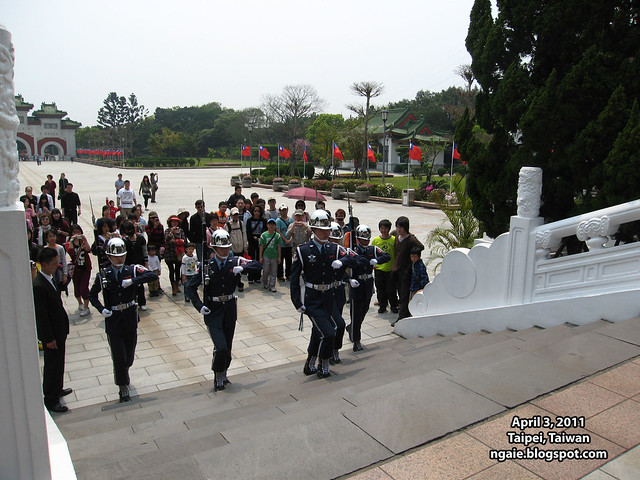
The actual changing of the guard.
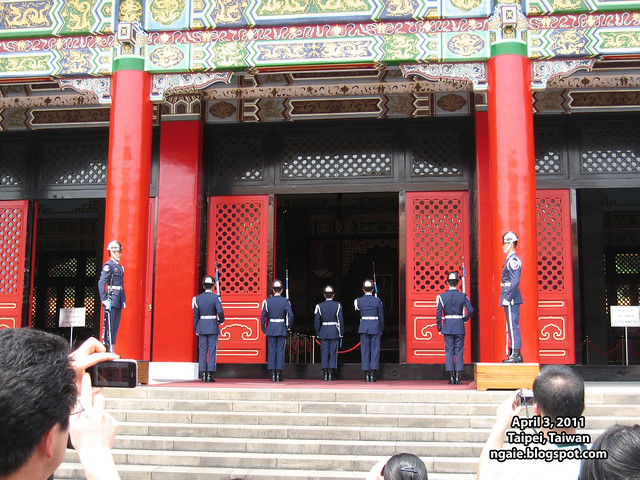
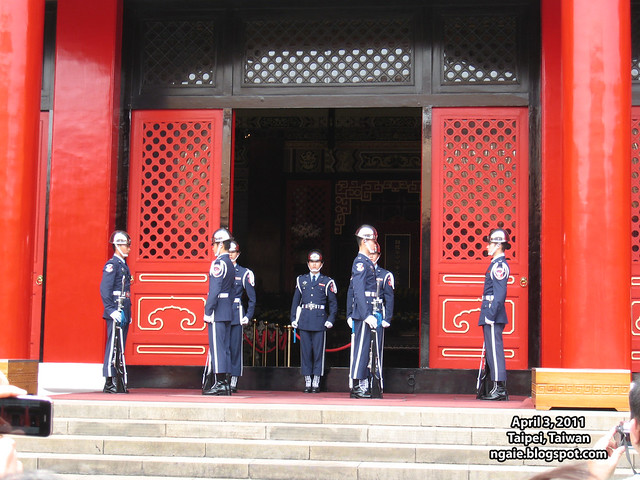


The old guard marching back out.
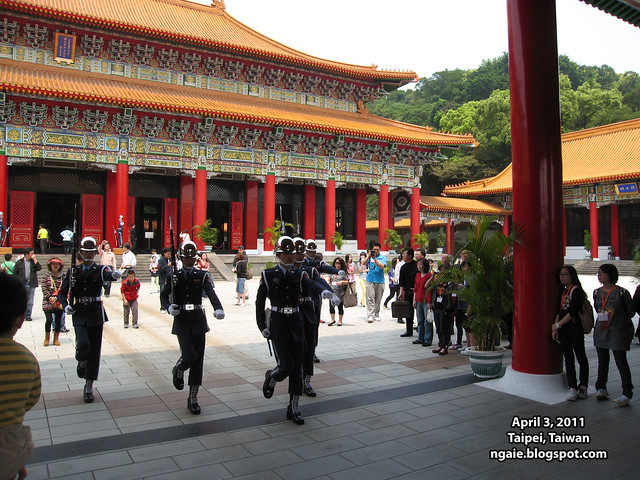
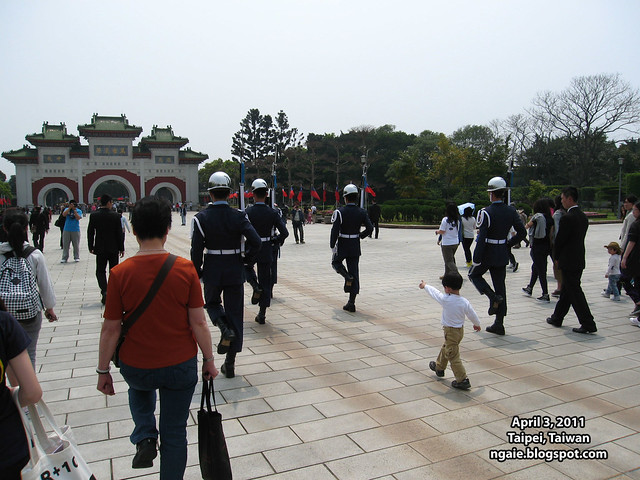
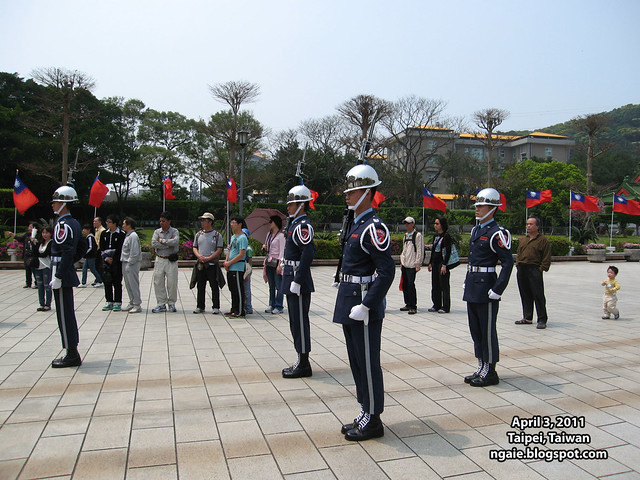
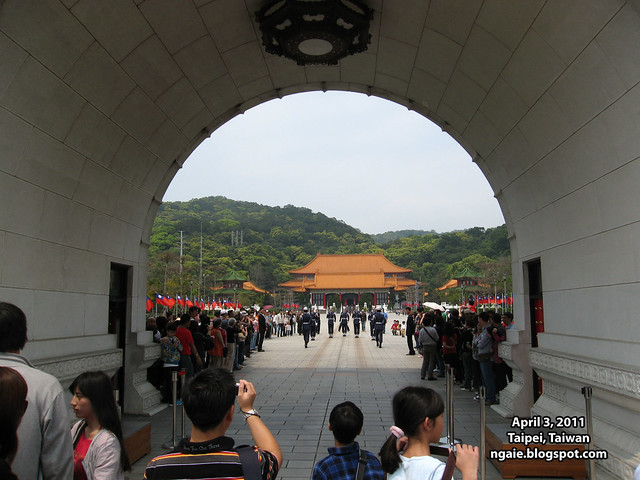
Afterwards it was time for lunch and because the Grand Hotel (圓山大飯店) was right next to the Martyrs' Shrine, we decided to see if there anything interesting to eat there.
The Grand Hotel is a gigantic hotel built in the Chinese classical style and is one of the tallest traditional Chinese buildings in the world.

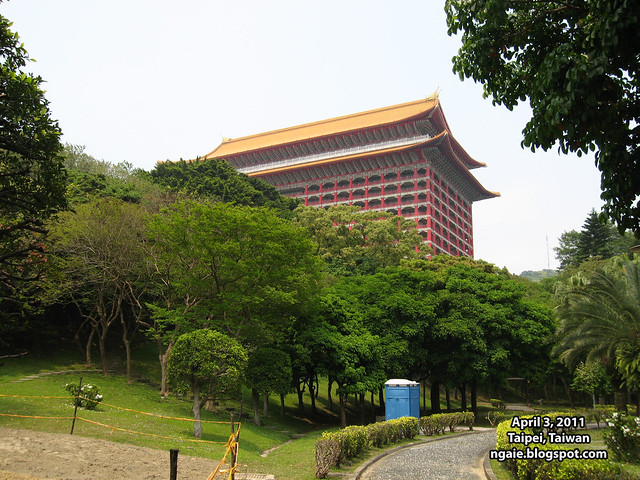
The main archway.
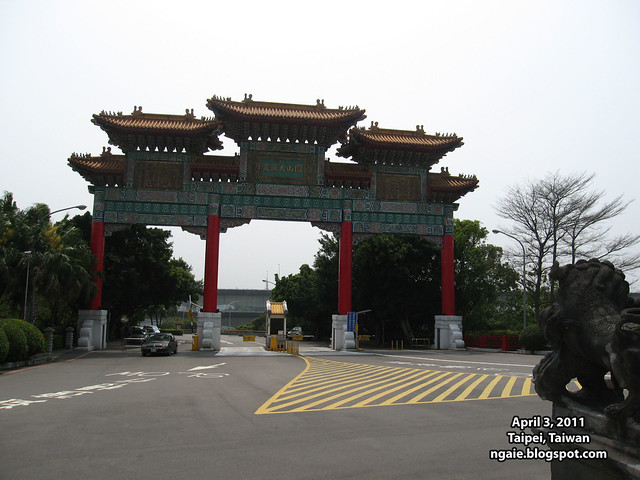
The front view of the hotel.

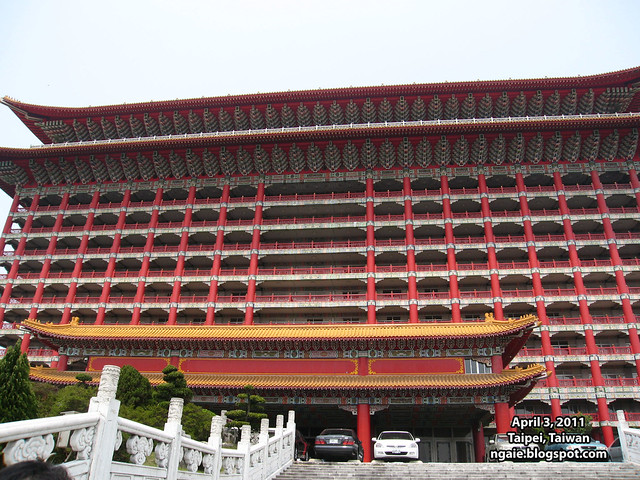
Because the Grand Hotel is built on top of a hill, if the skies were clear, there would be good views of Taipei. Here we can see the outline of the Taipei 101 building.
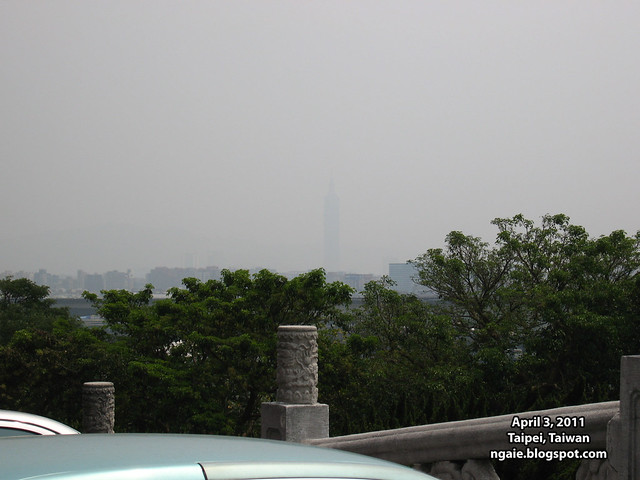
The main entrance. Up close, the hotel kind of looks tacky.
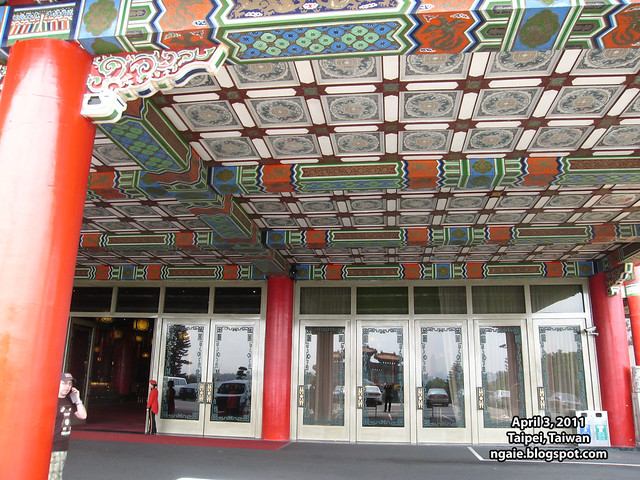
The main lobby.
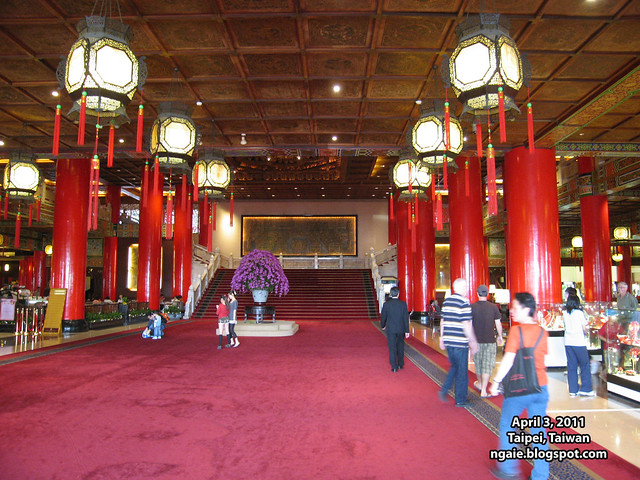
After seeing what was offered in the hotel's restaurants, we decided on the buffet lunch at the Grand Hotel. The quality was quite good and you could get unlimited Häagen-Dazs ice cream for dessert, although it was kind of pricey.
After eating we walked around the hotel grounds. Unfortunately, like most buildings in Taiwan, the Grand Hotel was not maintained very well.
Behind the main hotel, the annex buildings were not built in the traditional Chinese style architecture.
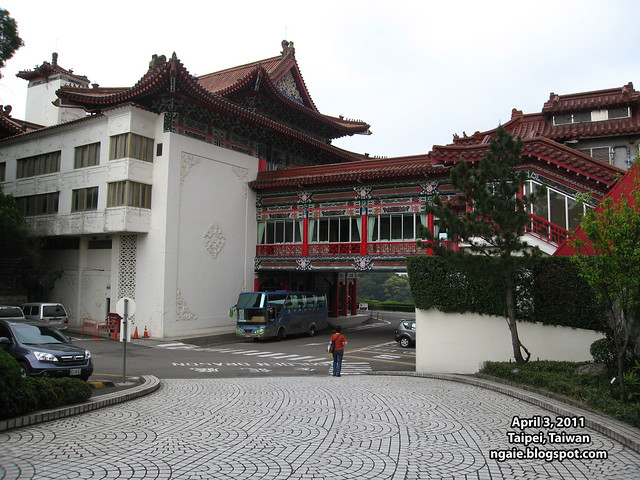
A clearer view of Taipei with the Taipei 101 building in the background.
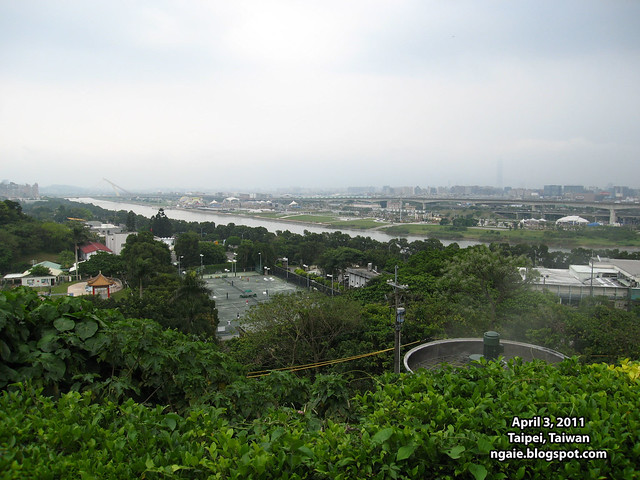
More views of the Grand Hotel from the back.
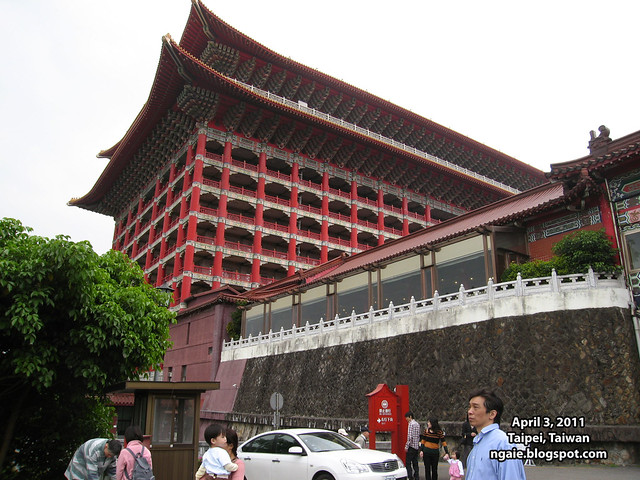
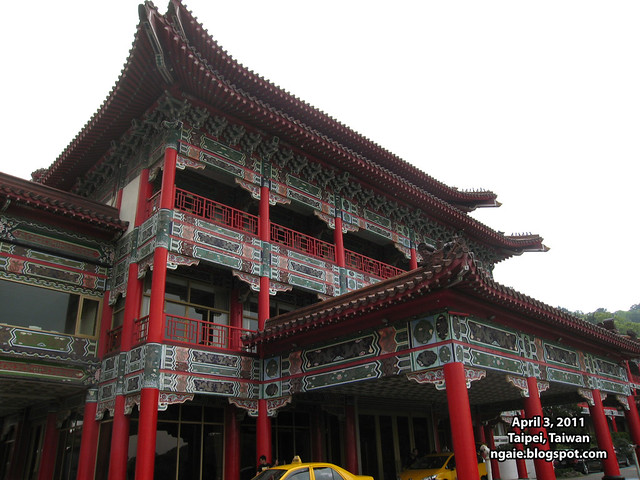
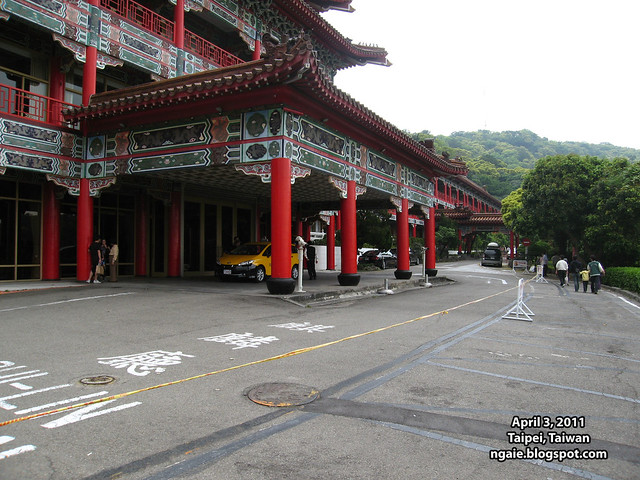
The last place we went to on this day was taking the Maokong Gondola to the Maokong area southeast of Taipei. On the day that we went, there was a really long lineup to board to gondola so we had to wait for 1-2 hours.
At the end of the Maokong Gondola, we reached the Maokong area of Taipei which is supposedly famous as a place for tea culture in Taipei and for viewing the night scenery of Taipei. Unfortunately, for foreign tourists, there is not much to see because there are very few interesting facilities near the station or any observation decks.
What was at the top of the mountain were a collection of street food vendors and stalls that you could see anywhere else in Taipei.
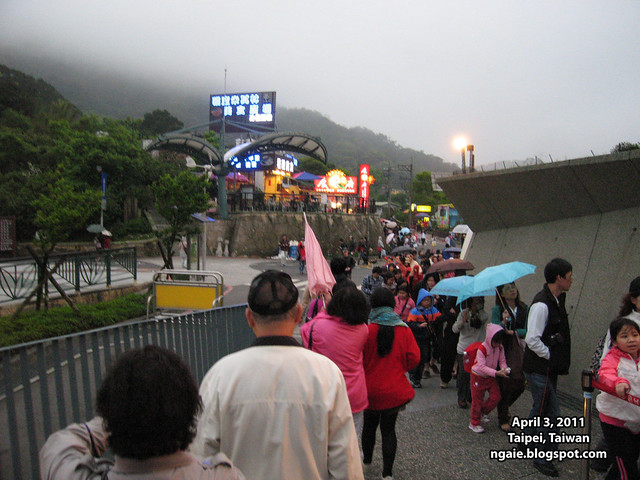
The final station of the gondola.
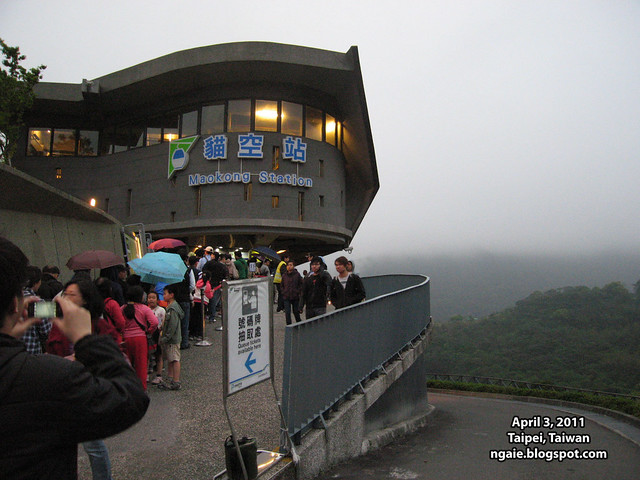
Also if you wanted to go to a tea house you had to walk on the shoulder of the mountainside road. Not exactly tourist friendly!
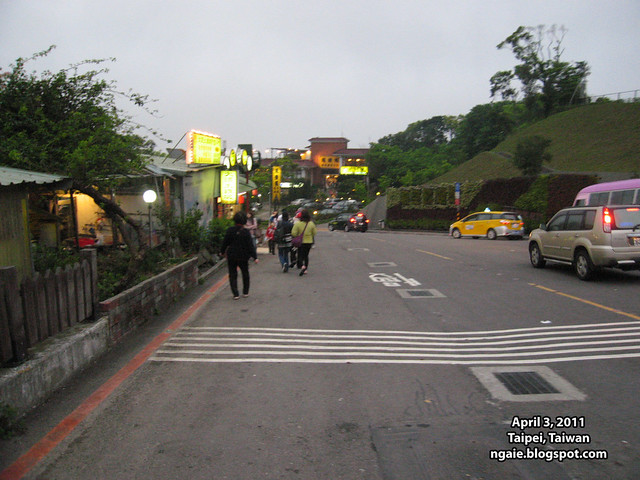
Street food which you could find anywhere else in Taipei.
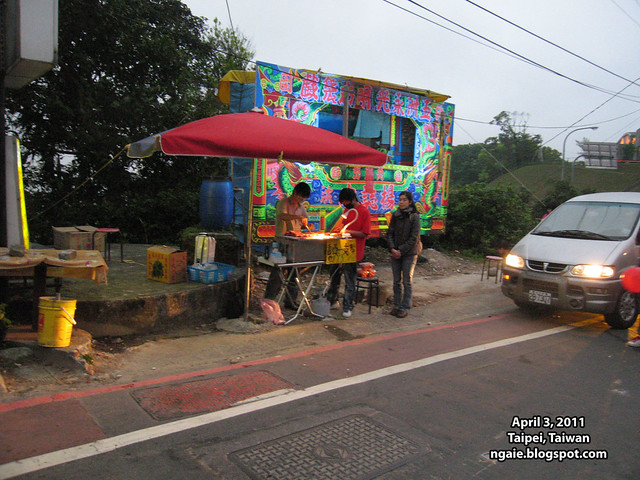
Most people who come to Maokong just come here to eat. In fact, most of the people in Taiwan just love to eat, especially during their leisure time!
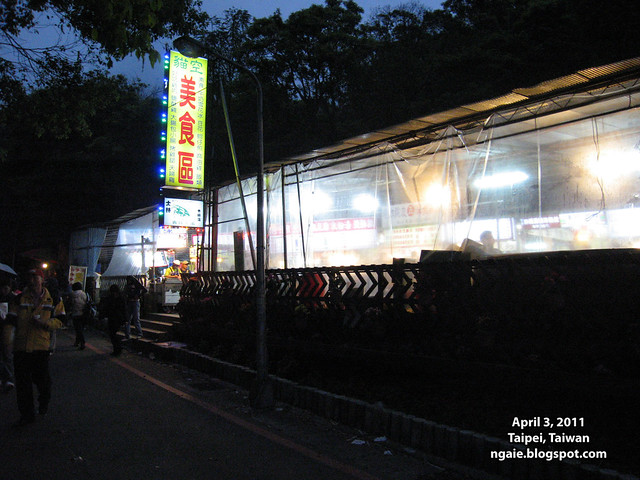
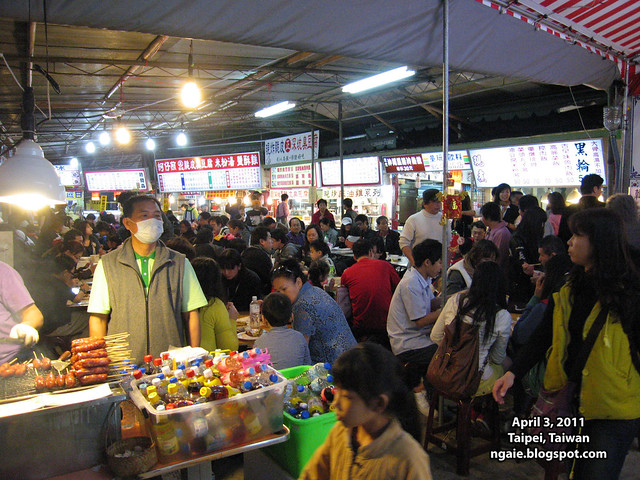
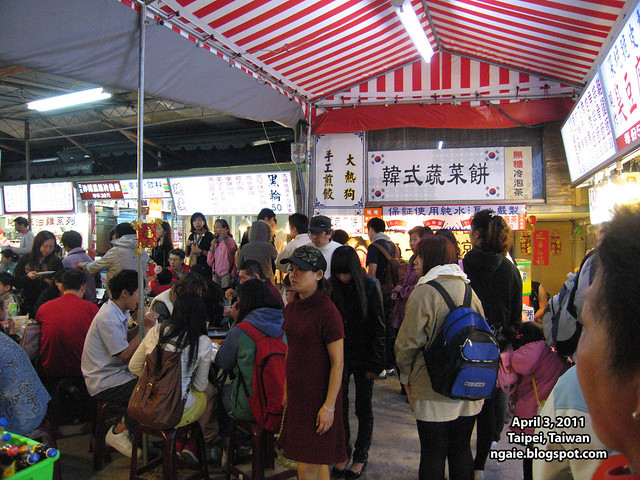
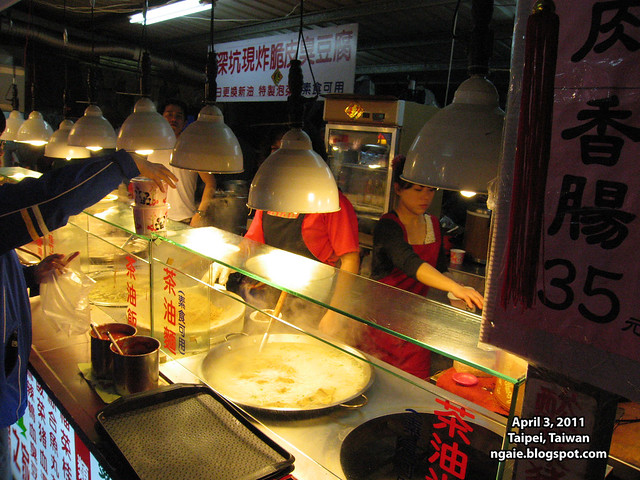

0 comments:
Post a Comment